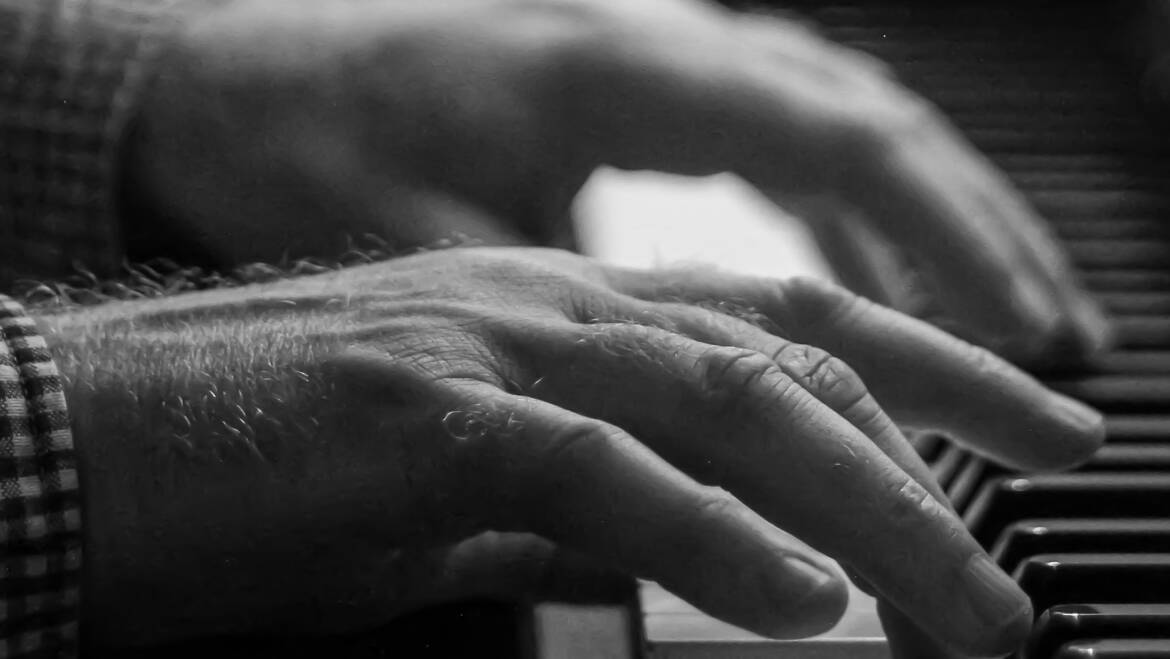HOW TO PRACTICE
Practice. This is a word that fills the heart with dread amongst many pupils and students learning a musical instrument the world over. I think that this is such a shame as practice can be enjoyable. Practice can be really hard work, difficult, frustrating and even unrewarding. However, when something starts to go well after the hard work, the satisfaction is fantastic.
What is practice? In a nutshell, I suppose it is the art of playing something enough times until we know how to do it. The phrase Practice Makes Perfect comes to mind and something we have all heard before. We all understand the sentiment, eventhough it is not really achievable.
Perhaps aiming for reliability in playing is better. Reliability with notes, fingering and rhythm is certainly a steppingstone to building a good performance. Mistakes and bad habits do very quickly become ingrained. These take much longer to correct than aiming for reliability in the first place. Taking care, building in reliability from the first playing means that the fingers really know where they need to be and when.
How? The above is all well and good, but it doesn’t address the crucial thing of how to go about the act of practice. I am sure that I was never taught how to practice, not even as an undergraduate student. I think some teachers, and I include myself in this sometimes, can forget to discuss the basics of how to practice. This can result in wasted practice time. Some of the tips below may be of some help. This is not an comprehensive essay on how to practice, just a few general tips.
How long? Pupils and pupils parents always ask me, how long should we practice? My reply is always to say that I don’t know, then going on to explain it is about the quality of the work done. 10 minutes focussed work is much better than 30 minutes while thinking about supper. Long practice sessions that are unfocussed just creates problems. Tip number 1 is, plan what you would like to get out of the session. Maybe use a notebook to keep track of what you did so that you can build on that in the next session.
 How often? A little and often is the best way. Creating a regular routine is important. One boy I teach has made a point of doing his practice before he leaves for school every morning. He is lucky in that his journey to school is only 5 minutes! However it is clear that creating a daily habit of focussed practice really does bring good progress for everyone learning. Obviously some days do not quite work out that way, and that is fine. The main thing is to establish a regular routine.
How often? A little and often is the best way. Creating a regular routine is important. One boy I teach has made a point of doing his practice before he leaves for school every morning. He is lucky in that his journey to school is only 5 minutes! However it is clear that creating a daily habit of focussed practice really does bring good progress for everyone learning. Obviously some days do not quite work out that way, and that is fine. The main thing is to establish a regular routine.
Focus. That is such an important word. Without focus, progress will not happen. Keep your mind on the task! It might be that, let’s say you have 30 minutes to practice. Split the time into two, 15 minute sessions. It just helps keep the mind fresh.
More Specifically. Playing through a piece 5 times is not practice. This can be usefull, sure, but it does not resolve problems. Work out which sections cause the most difficulties and always focus on these. They could be listed in your notebook and crossed off when conquered.
Working in smaller manageable sections is always going to be the most effective approach. When this is working, find anaother section until the sections start to join up.
start to join up.
Even more Specifically. If there are passages of constant notes, it might be worth varying the rhythm and then the articulation to build certainty into the fingers. If there are broken chord figures, play them as chords. If there are chords, play them as broken chords. Jumps, have fun with these by adding an octave of even two. Revert back to how it is written to see how easy it has become. The thing is to create little challenges which are quite fun, adds interest and improves the playing.
Mix it up. It is quite a good thing to be working on more than one piece at a time. Work on them in rotation. Pick a couple of phrases from each piece each day and gradually build it up over the course of a week or 2. This will certainly keep boredom at bay.
Slow Practice Playing slowly, I think, is massively underrated as a practice technique. Slow practice reassures the fingers that they know what they are doing. My top tip here is to make sure that all the dynamics and the various articulations are kept while playing slowly. They are very much part of the music, not a little add on when we have notes in place. A metronome is a useful tool as well. It is a good way of building up speed as well as being able to keep a regular pulse.
Record your playing. This is the thing I dislike the most, but it is also possibly the most useful. If you make a recording of your playing, you will be able to hear your playing as others do. It may be reassuring that you are on the right lines. It will certainly show up where we still need to do more work. Importantly we have chance here to reflect on what we have done and where we are going.
hear your playing as others do. It may be reassuring that you are on the right lines. It will certainly show up where we still need to do more work. Importantly we have chance here to reflect on what we have done and where we are going.
Have fun. This may be a flippant comment, but it is easy to lose sight of what we are doing and why when getting into all the details of learning a piece of music.
Sorry that this has been a relatively long post, but I hope it is of interest and of some use to you.
Thank you for reading.



Add Comment